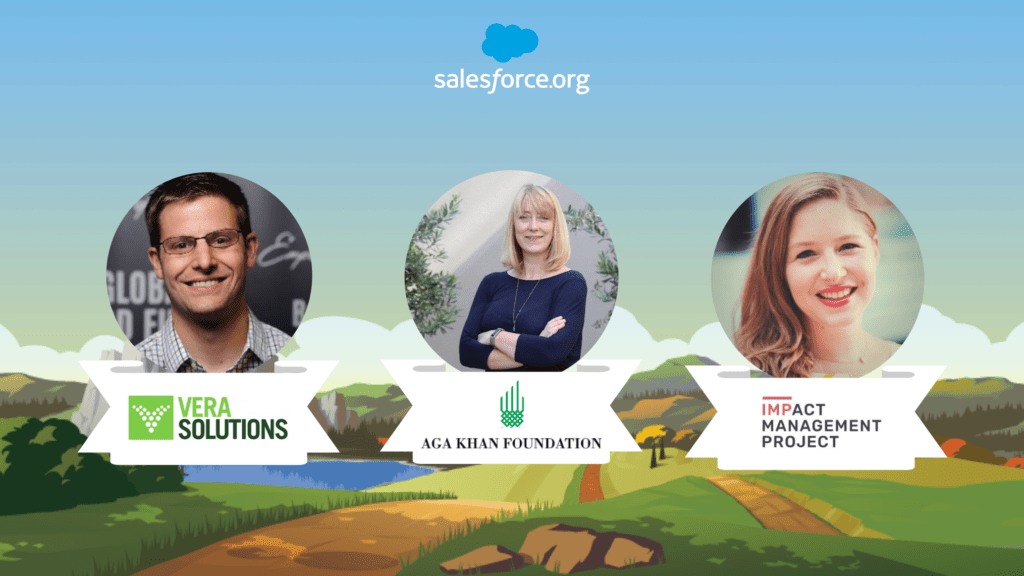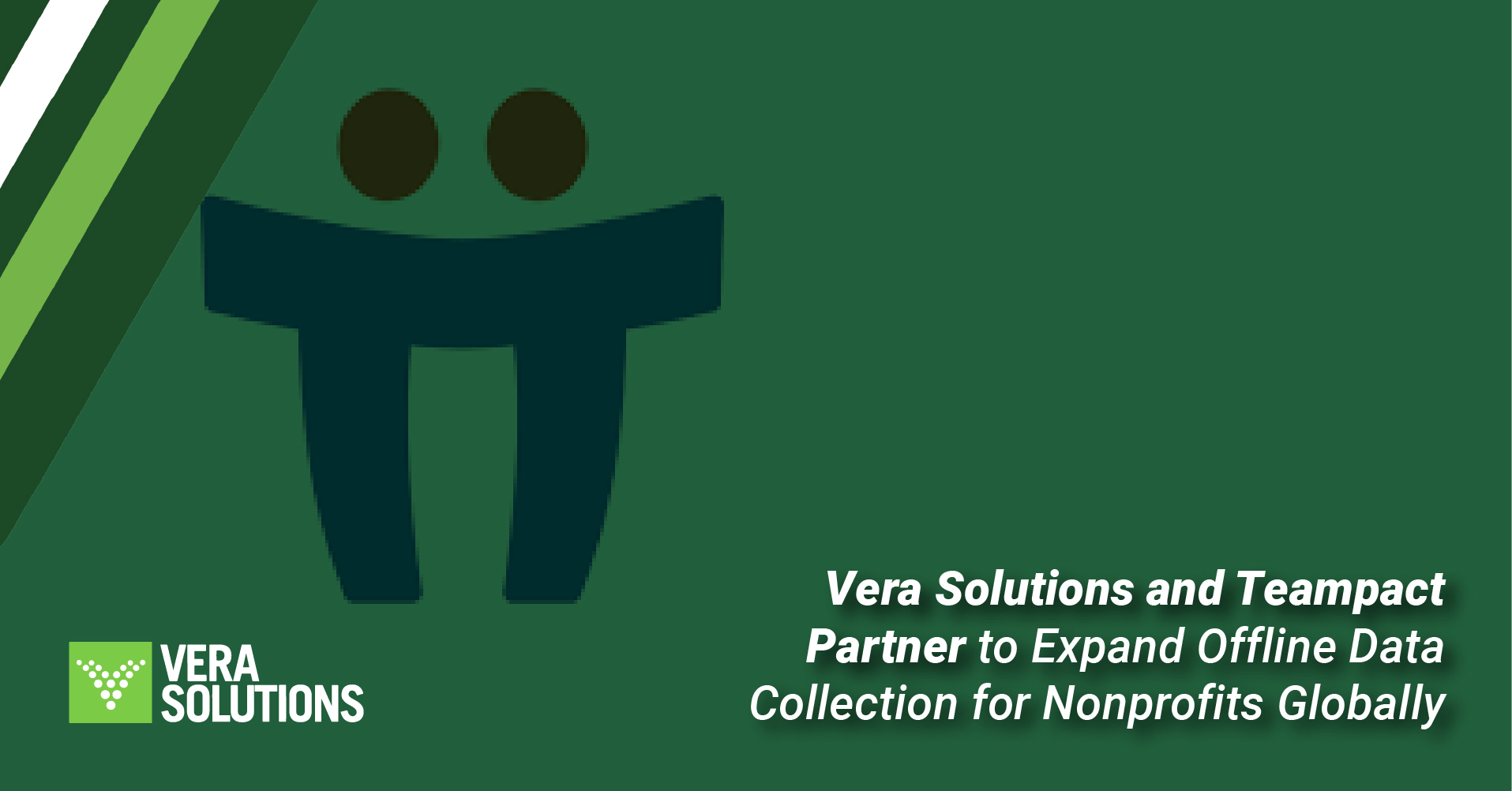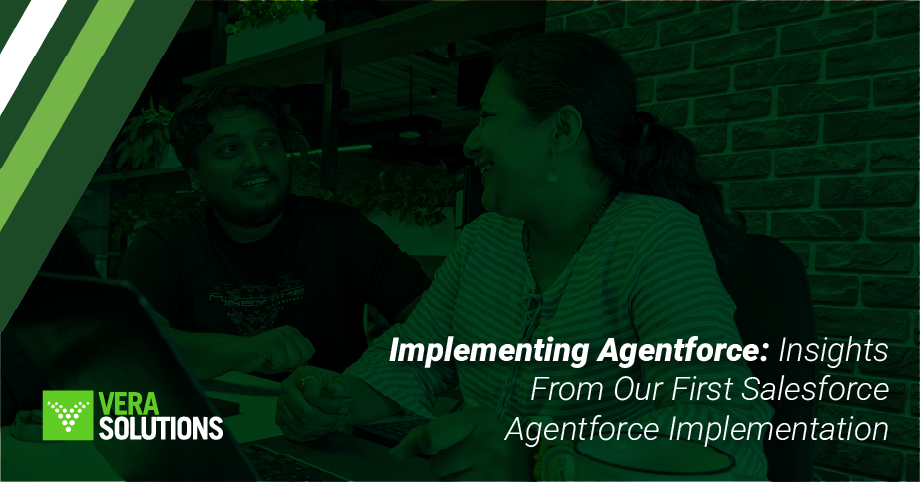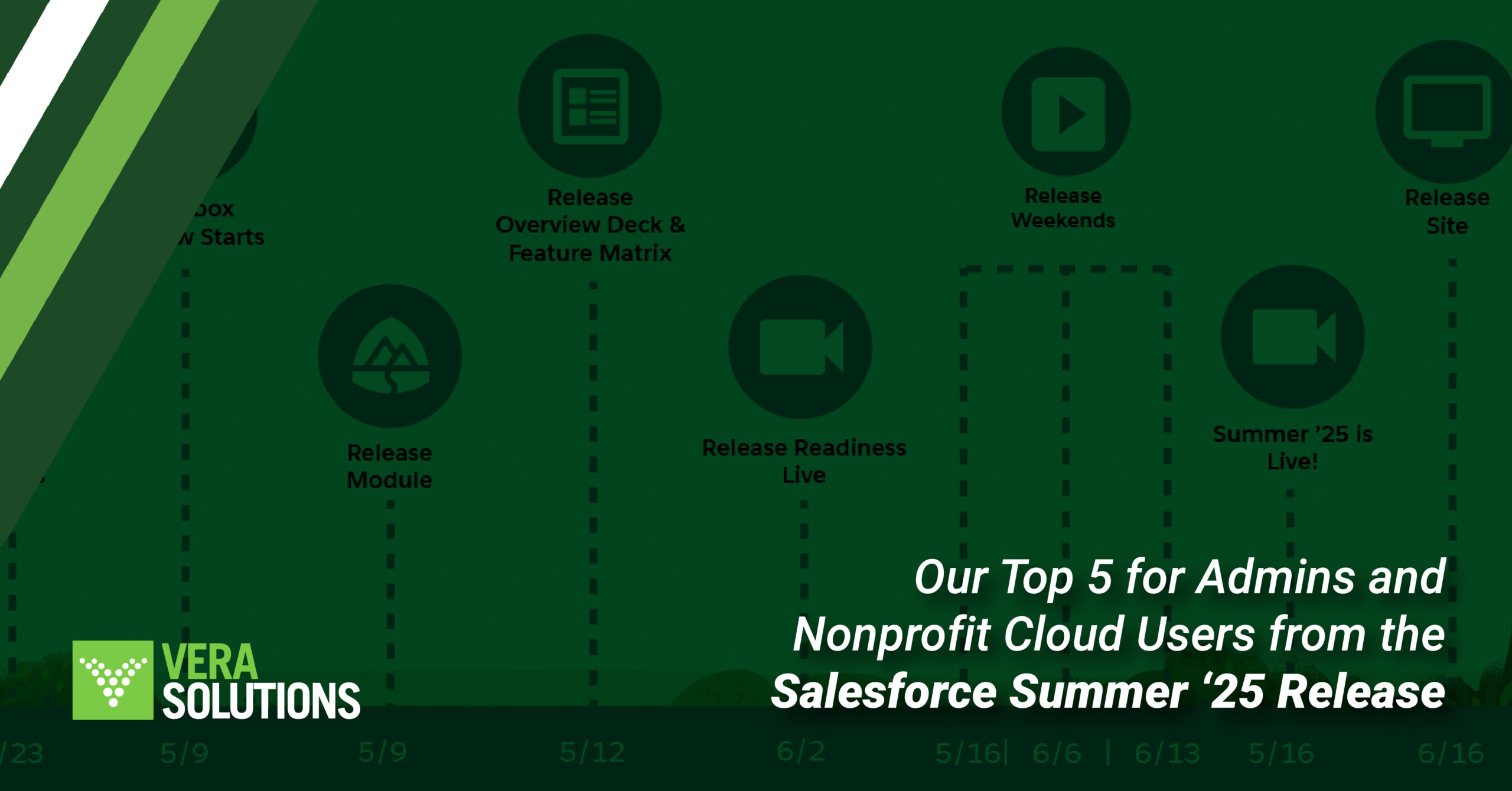Earlier this month, we joined the Aga Khan Foundation and the Impact Management Project in a webinar panel, hosted by Salesforce.org, in which we discussed how impact-driven organizations define and measure their social bottom line. Here are out three takeaways from the webinar discussion:
1. Defining Impact
While organizations may think of impact in terms of their unique mission, we can all agree that impact ultimately comes down to the effects that interventions have on people and the planet, both positive and negative. Common trends and tools are emerging in the way organizations — foundations and nonprofits alike — measure impact and manage data on their reach and effectiveness.
“After 35 implementations of indicator management solutions [on Salesforce], we found ourselves at about an 80% overlap with what organizations were looking for. We wanted to [develop] a strong packaged solution that hopefully thousands of organizations will be able to use instead of providing consulting services to hundreds of organizations. That’s where Amp Impact came from.”
Zak Kaufman, Vera Solutions
2. Measuring Impact
Effective impact measurement and feedback loops need to be embedded into program strategy, design and implementation.
“M&E is not a separate process that happens on the side with a different timeline of activities and interventions. It is fundamentally built into the project’s work and I think that’s where [our Global Reach System] will have the most impact organizationally — shifting the way we engage with data and the way in which we support field units to really reflect on what’s working and what could be done better.”
Joanne Trotter, Aga Khan Foundation
3. Achieving Impact
The first step of impact measurement is working with stakeholders to define specific impact goals. This can be done by considering impact across five dimensions, using a framework developed by the Impact Management Project after consultation with dozens of social impact stakeholders:
- What outcomes – positive or negative – does your organization drive?
- Who experiences an effect of these outcomes?
- How much of the effect occurs, in terms of scale and depth?
- What’s your contribution to what would likely happen anyway?
- What’s the risk that impact does not occur as expected?
“There’s a lot of measurement, but not a lot of conversation about what success looks like and what expectations we all have. We’ve found for many organizations that it’s helpful to not only look at the data and think “Am I on track?” but to say out loud and to partners “What are your impact goals and how do you define them across the five dimensions?”
Amanda Feldman, Impact Management Project
Watch the full recording to hear more about how organizations can strengthen their impact management strategies and use of data to deliver more effective programs. And check out www.impactmanagementproject.com for more resources on this topic.





